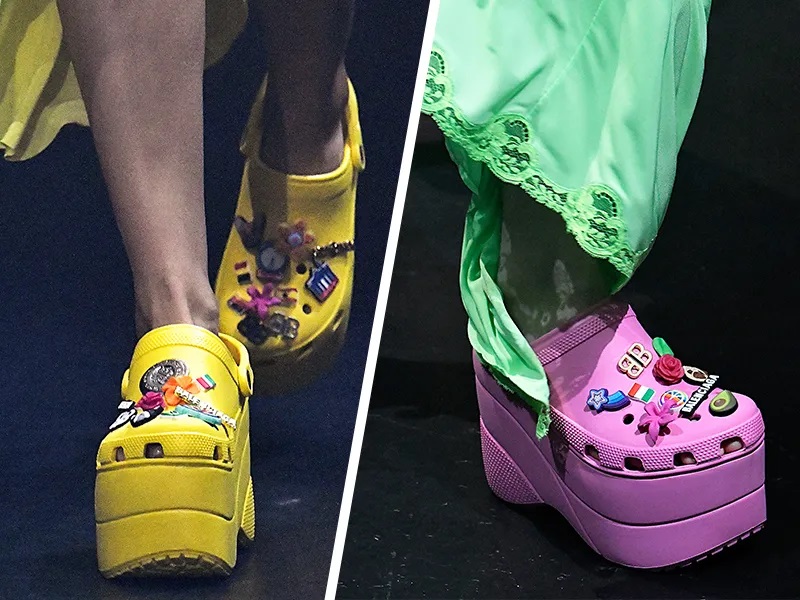Shoes have been an essential part of human life for thousands of years. From the most basic and functional designs to the most elaborate and fashionable, footwear has always been an important aspect of human culture.

The Early Years
The earliest known shoes date back over 8,000 years and were made of animal hides. These shoes were simple in design, with no laces or buckles and were worn for protection from the elements.
As civilizations developed, shoes became more complex and began to be worn as a status symbol. The ancient Egyptians, for example, wore sandals made of woven reeds or leather, while the Greeks and Romans wore shoes with elevated heels to signify social status.
The Middle Ages
During the Middle Ages, shoes became a symbol of fashion and were designed with elaborate adornments such as jewels and embroidery. The pointed toe became popular, and shoes were often so long that they required a chain to hold them up while walking.
The Renaissance brought about a change in shoe design, with a return to more practical and functional footwear. The heel became shorter and broader, and shoes were made with thicker soles for added comfort.
The Industrial Revolution
The Industrial Revolution brought about a significant change in shoe production. Mass production techniques allowed for affordable footwear to be produced on a large scale. Shoes became more standardized in design, with the introduction of the first rubber-soled shoes in the mid-19th century.
The 20th century saw significant changes in shoe design, with the introduction of new materials such as synthetic rubber and plastics. Sneakers became popular, and sports shoes were designed for specific activities such as running, basketball, and tennis.
Modern Footwear
Todays’ footwear is designed for both function and fashion. Shoes come in a vast array of styles, from classic designs to the latest trends. High heels remain a popular fashion choice for women, while sneakers and trainers are worn by people of all ages and genders for both fashion and practicality.
- The invention of the stiletto heel in the 1950s revolutionized the fashion industry and remains a popular style today.
- The 1970s saw the introduction of platform shoes, which were popularized by the disco era.
- The 1990s saw the rise of the chunky sneaker, with brands such as Fila and Nike leading the way.
- Today, designer collaborations and limited-edition releases are highly valued in the sneaker world, with some shoes selling for thousands of dollars.
The history of footwear in fashion is a story of constant evolution and innovation. From the earliest animal hide shoes to the latest limited-edition sneakers, shoes have always been an essential part of human culture. With new materials and technologies emerging, it’s exciting to think about what the future of footwear holds.

